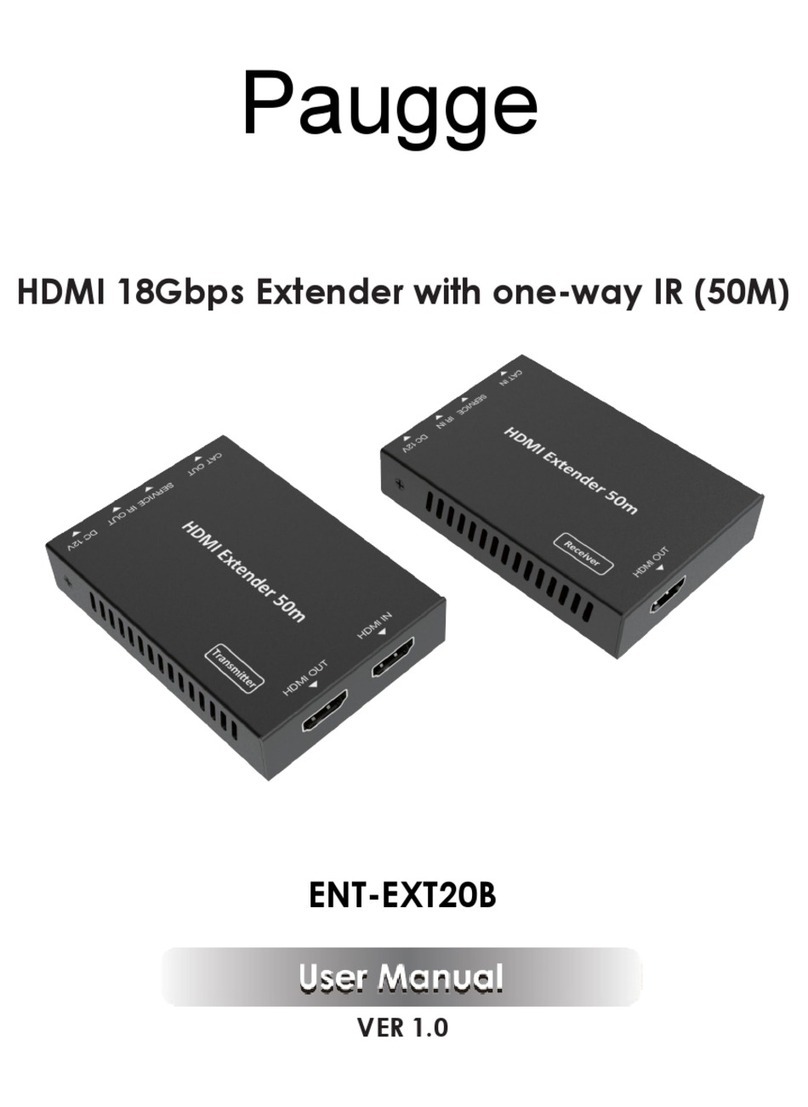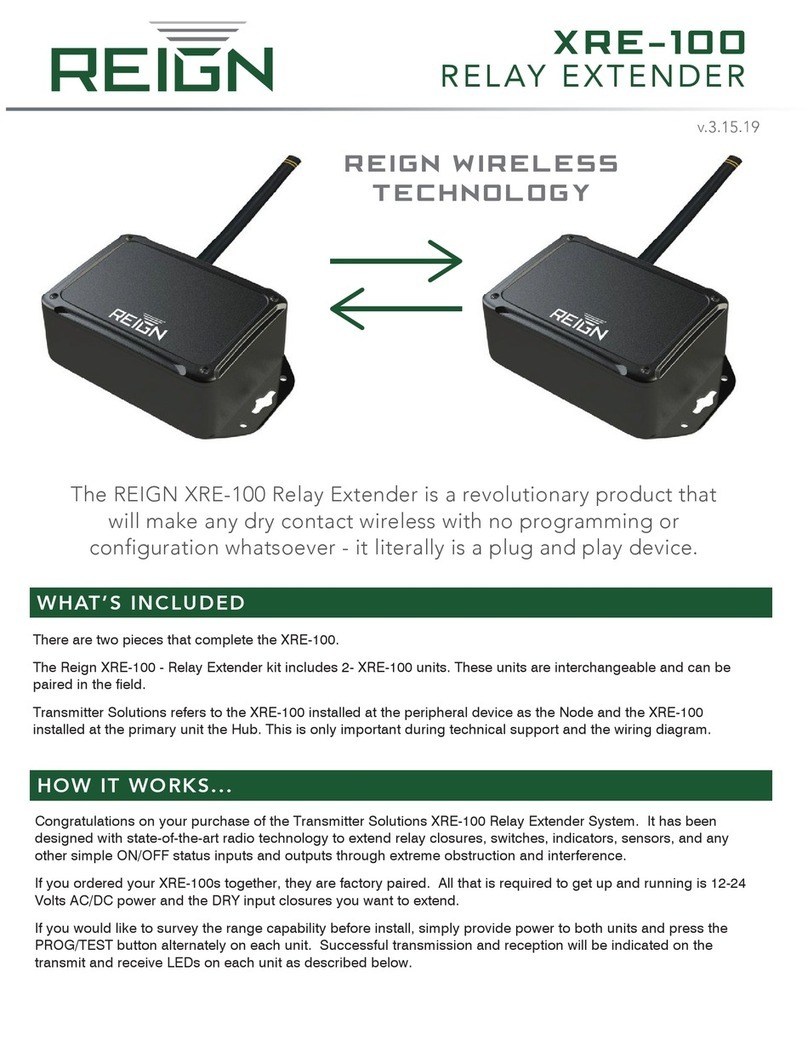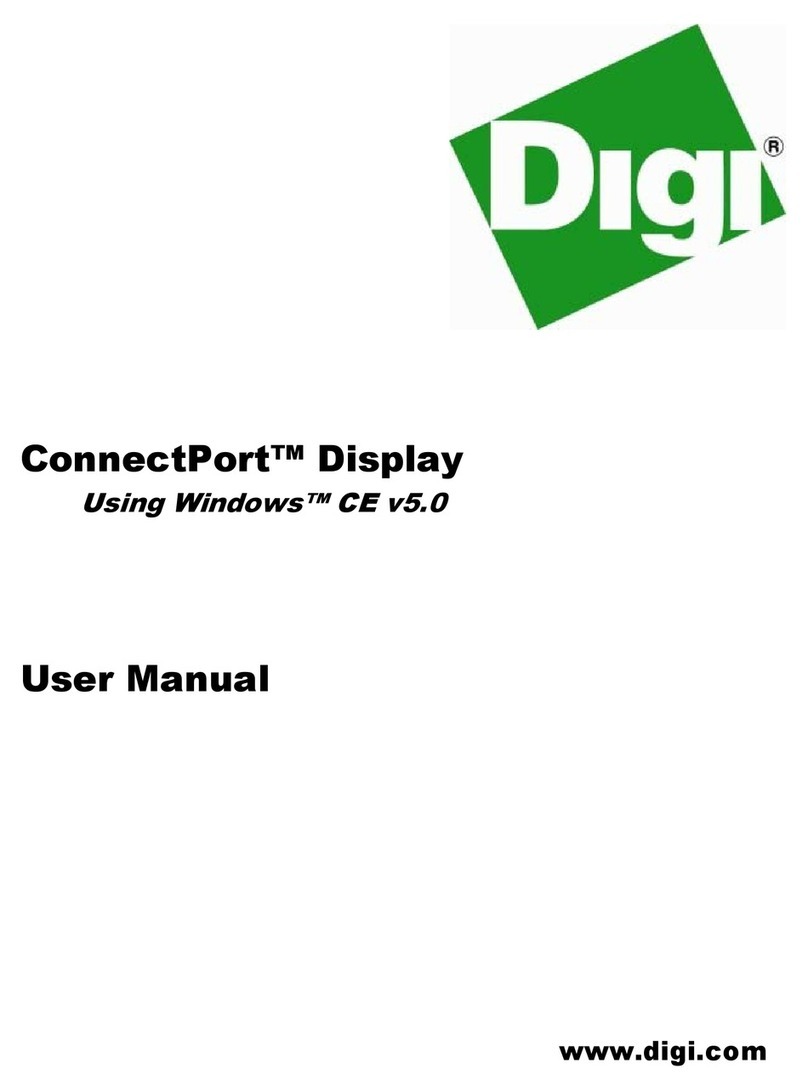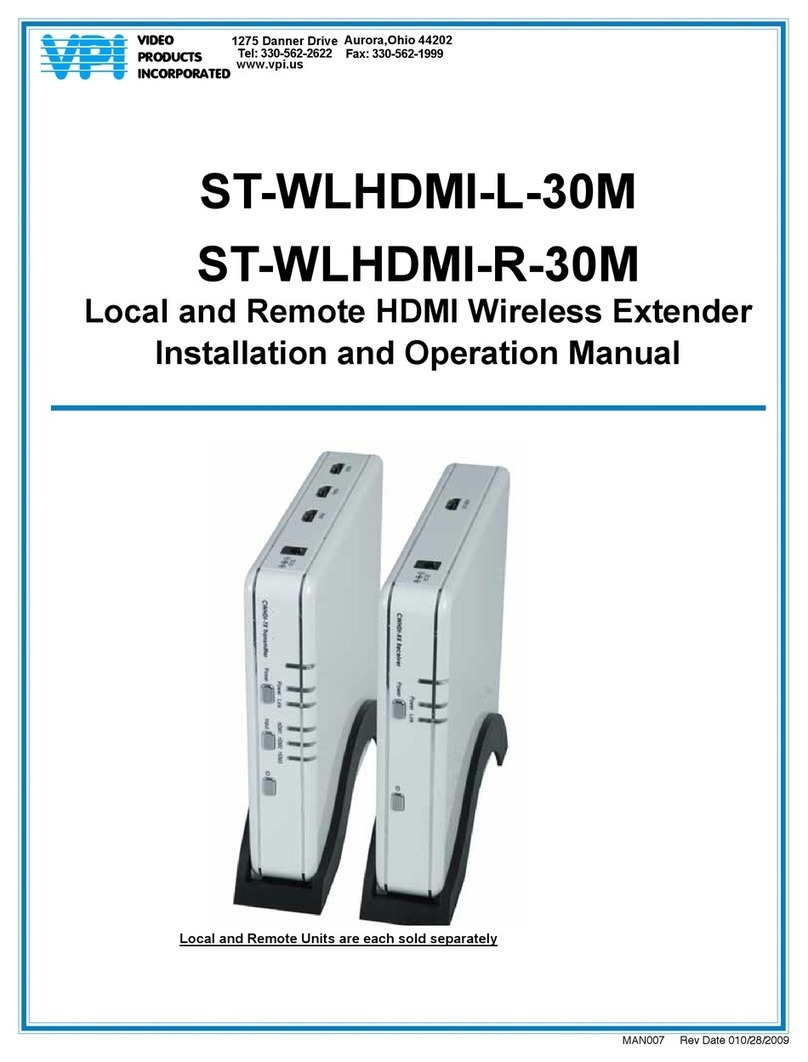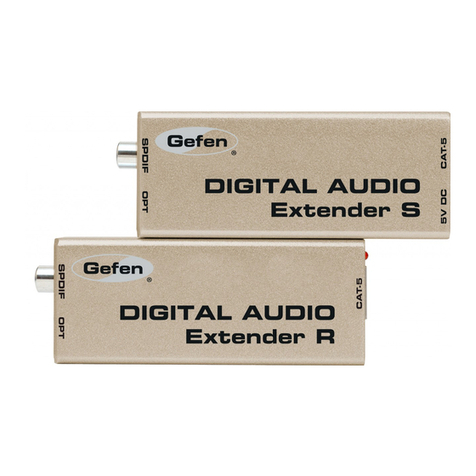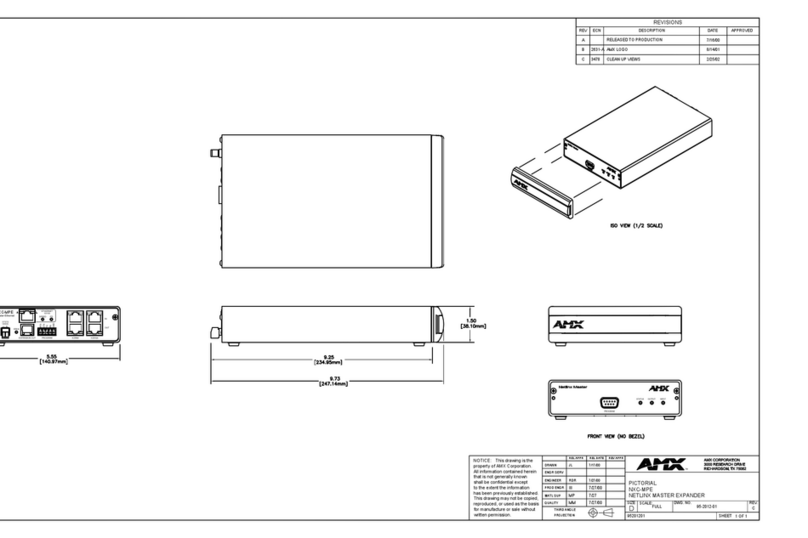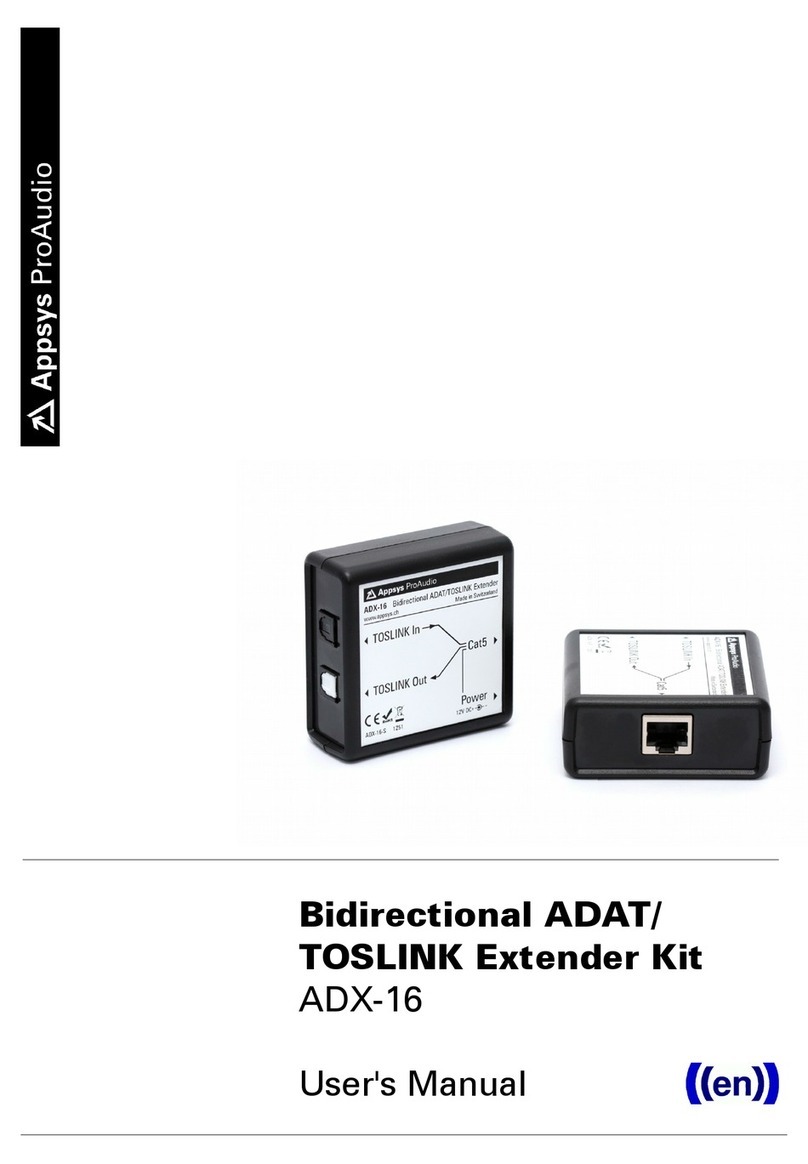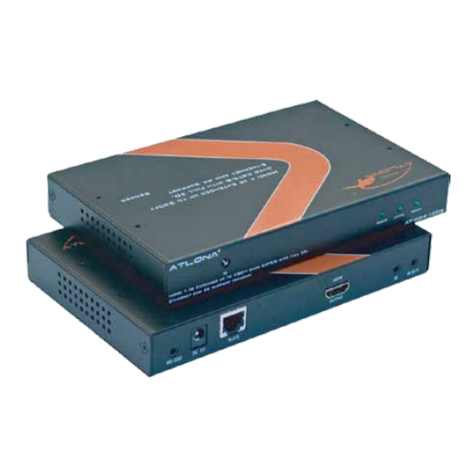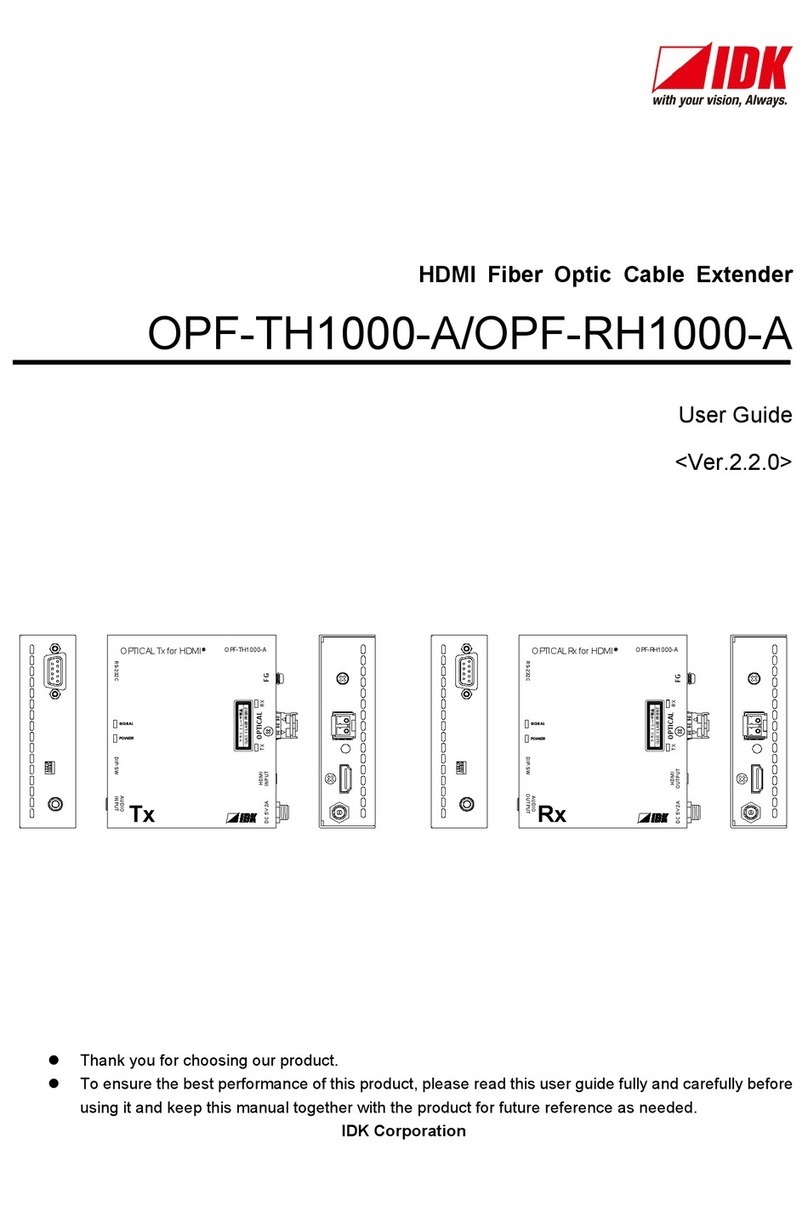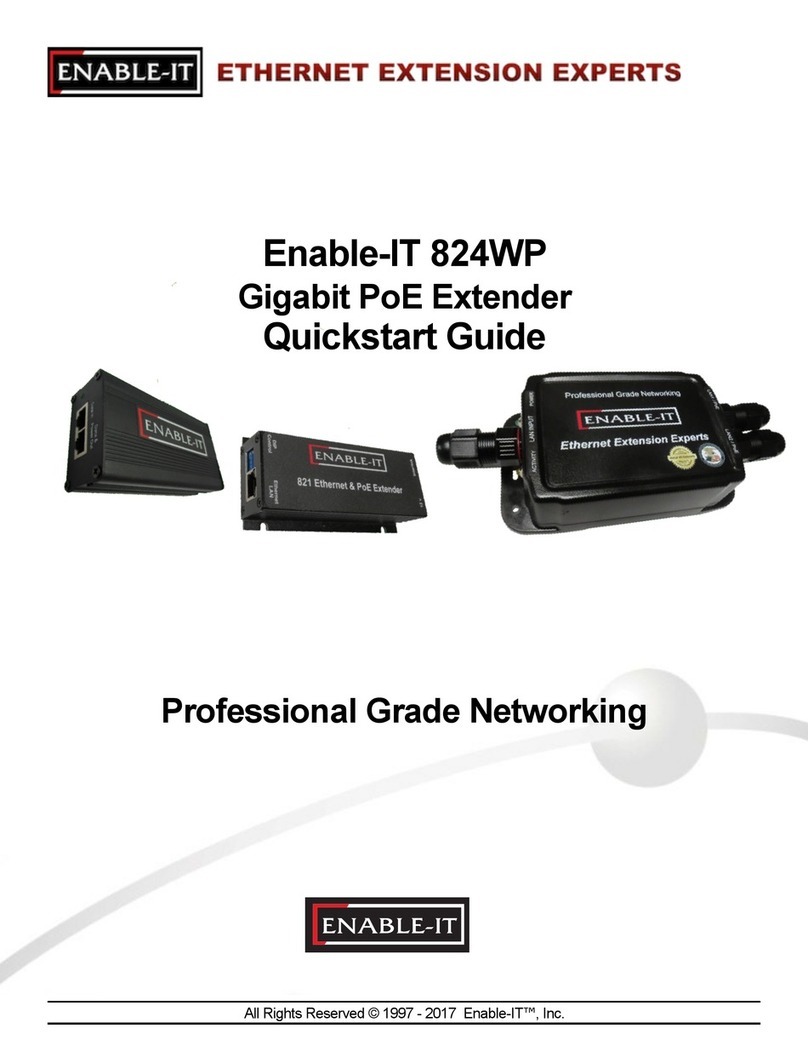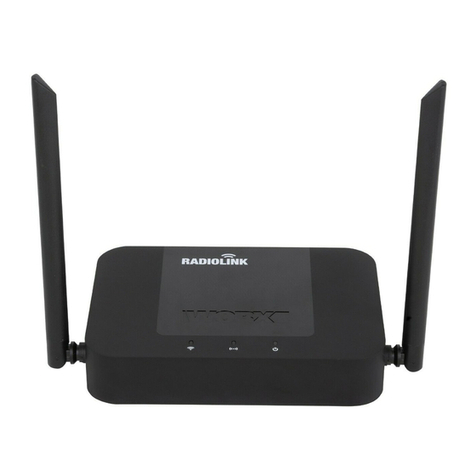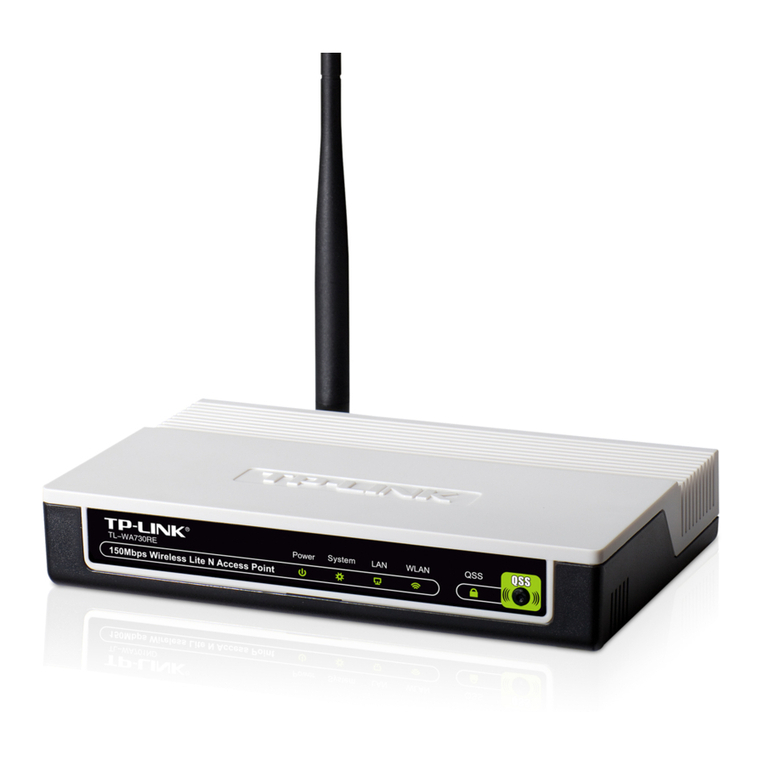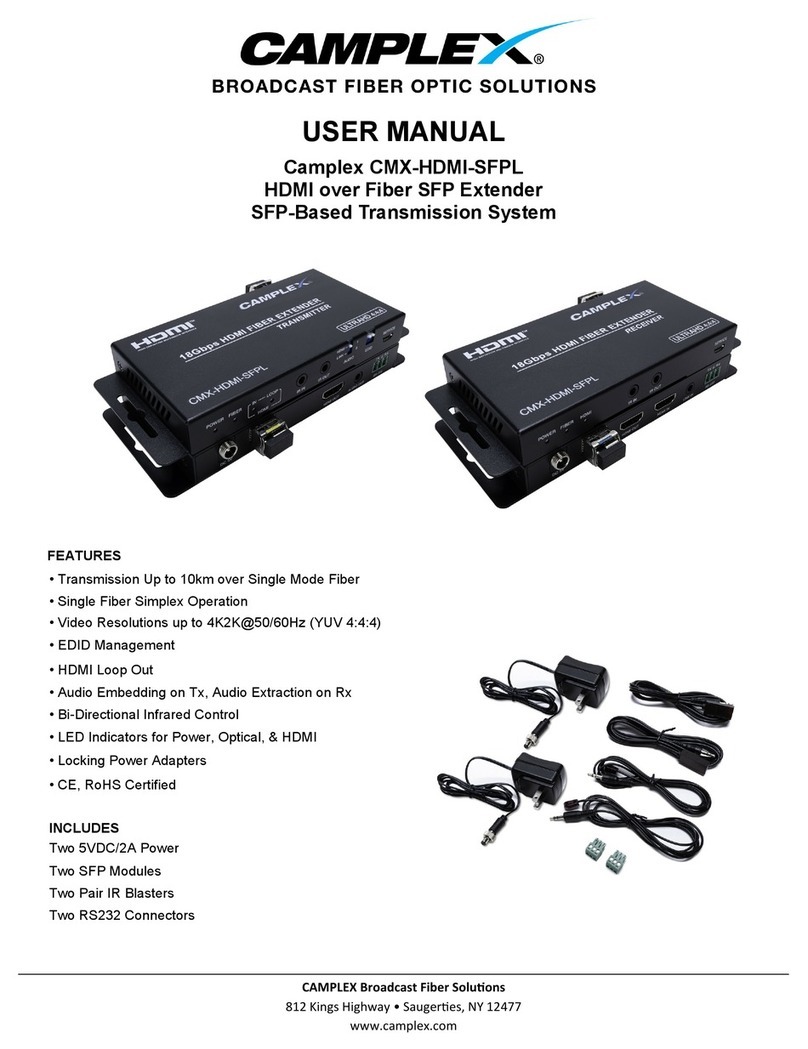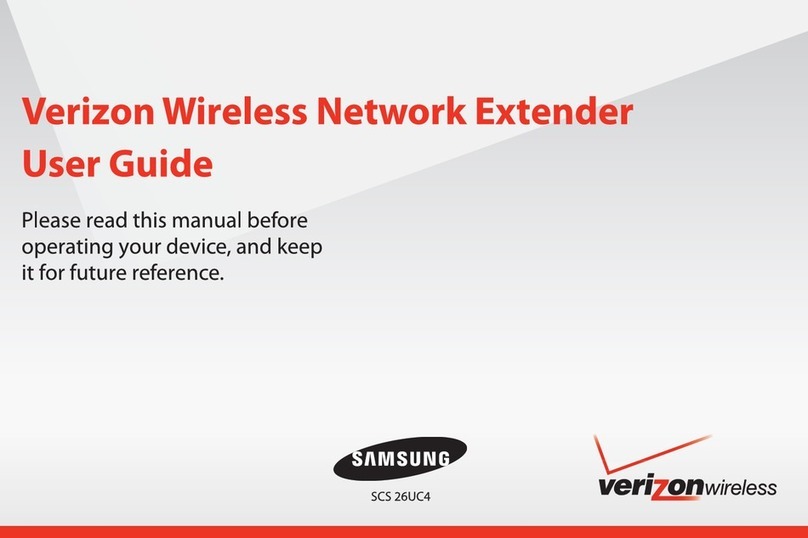West Mountain Radio N8XJK User manual

www.westmountainradio.com
1020 Spring City Drive
Waukesha, WI 53186
262-522-6503
©2019 West Mountain Radio, All rights reserved. All trademarks are
the property of their respective owners.
N8XJK Super Booster


1
West Mountain Radio Operating Manual
INTRODUCTION
Thank you for choosing the N8XJK Super Booster from West Mountain Radio and
congratulations on nding the solution to your low voltage problems for mobile,
portable, or emergency power operation!
This product is designed to boost your battery voltage to a level optimum for
transmit allowing the maximum use of a battery’s energy. There is an RF sensor
that may optionally be used to detect when you are transmitting so the booster is
only used when needed. The booster also has connections that may be used to
connect multiple units in parallel for increased current ow. The minimum input
voltage and the Booster output voltage are adjustable.
Many radios on the market today do not tolerate low voltage conditions. This
Booster was designed to supply a constant voltage to the radio regardless of
the battery voltage. The Booster is a switching power supply that regulates the
output voltage to the attached radio. The increased voltage prevents distortion
commonly seen on modern mobile radios. It also maintains transmit power and
allows longer operation from a battery.
The Booster was designed so that the boosted voltage is added to the battery
voltage. This means that only the dierence between the input and output
voltage is converted by the internal Switch Mode Power Supply. Because of this
conguration most of the losses only apply to the boosted voltage. This means
that real world eciency is above 90%.
The unique design of the Booster allows battery voltage to be present at the
output of the supply even when the supply is disabled or in stand by mode. No
transfer relays are required. The Booster does not boost voltage when battery
voltage is above the regulator set point. If there is enough voltage it does not do
anything.
The Booster allows a user to maintain any output voltage greater than battery
voltage, up to 15 volts. The Boost function can be enabled manually via a front
panel switch, via the RF detect input attached to the antenna lead of the transmitter
or using the optional remote. This allows the Booster to supply boosted voltage
only when transmitting.
In bypass (disable mode), the battery voltage is passed to the attached radio with
no regulation. In this mode, the lter stage of the supply is still in-circuit and will
act to lter the battery voltage to the radio. This can help to reduce noise induced
into the power circuit from other attached electronic devices such as chargers,
Alternators, Ignition systems.
West Mountain Radio also sells separately a Remote Monitor/Control unit.
INTRODUCTION

2
West Mountain Radio Operating Manual
OPERATION IN CRITICAL SITUATIONS
The Super Booster was designed to aid communications from less than optimal
power sources and it is not intended for critical life support applications. West
Mountain Radio and its agents cannot be held responsible for failure of the Boost
Regulator in life or death situations or in situations where property loss or damage
may occur. It is the responsibility of the operator of the boost regulator to ensure
that the failure of the boost regulator will not result in loss of life or property damage.
FEATURES
The Super Booster allows the following:
• Maintain any output voltage greater than battery voltage up to 15 volts.
• Enable boost manually or with the RF detect input only when transmitting.
• Battery voltage is present at the output with the supply turned o!
• Boost voltages up to 40 Amps Input.
• Boosters can be connected in parallel to increase the current (80A, 120A...).
• Protect the battery with the low battery voltage shuto feature.
INSTALLATION & SET-UP
1. Install the Super Booster between the power source and the radio. If using
a RIGrunner, connect the output side of the Booster to the DCIN of the
RIGrunner and the input side of the Booster to the DC power source. If
using a PWRgate, connect the input side of the Booster to the output of the
PWRgate. It is recommended to place the Booster into bypass mode when
the PWRgate is running from the PSU. Enable the Booster when running
from the PWRgate battery during such times as a power blackout.
DO NOT install between the battery and PWRgate.
DO NOT use the Booster to charge batteries.
AVOID using a switch mode power supply to supply power to the Booster.
Improperly or poorly designed switch mode power supplies may not function
correctly with the boost regulator attached as a load.
AVOID using a ground return that is part of a vehicle chassis ground. The
input leads should be attached directly to the battery or power source.
NOTE:
The unit comes tted with Powerpole®connectors for easy installation to the
power system. Input (power source) connects on the left side of the case.
Output (load) connects on the right side of the case. Make sure to only
connect the RED lead to POSITIVE, and the BLACK lead to NEGATIVE.
Visit the West Mountain Radio web site for a large variety of cables with
Powerpole®connectors.
Anderson Power Products® and Powerpole® is a registered Anderson Power Products, Inc.

3
West Mountain Radio Operating Manual
INSTALLATION & SET-UP
2. Install the unit in a cool, dry, ventilated location. For example the engine
compartment would be a bad location due to heat. When operating at 40A
continuous the unit should be in an area with an ambient temperature of
under 110ºF. Note that when used continuously at the higher currents the
bottom center of the enclosure can get hot enough to burn skin. For this
reason we recommend the enclosure be fastened down using the mounting
holes on the anges. It is acceptable to mount to wood since the heat will
not be so great as to burn the wood. Some plastics will melt. Metals are
a good pick but remember that the opposite side of the metal may still be
hot enough to burn skin. Do not block the ventilation holes on the booster.
The booster will shut down if it gets too hot.
3. Using the RF sensor: Connect an RF-connector in-line with the antenna
feed and run a short thin coax (any gauge) to the BNC connector on the
Booster. Contact West Mountain Radio if the transmitter is over 200W for
help coupling the RF to the Booster.
4. Boosters in parallel: See Figure
1 for the correct conguration.
A. Both the inputs and outputs
should be connected in
parallel. The cables to
each booster should be
tied using a high current
connection. For example
a good pick is to use ring
terminals to a terminal
block or simple bolts.
Make sure all connectors
used on the single wire are
rated for the high current
you will be using.
B. The master of the rst
booster needs to be
connected to the slave
connector of the second
unit using common phone
cables. Repeat for each additional booster.
DO NOT install the unit in an area with ammable gases or liquids
WARNING: Please read the above paragraph
Figure 1
Table of contents
